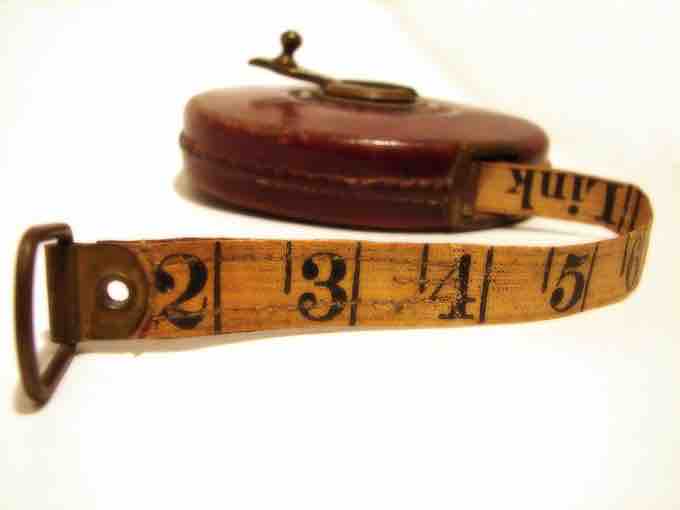Scorecard Design and Feedback
The balanced scorecard is ultimately about choosing measures and targets. Its various design methods are meant to help identify these measures and targets, usually by a process of abstraction that narrows the search space for a measure. For instance, a company can find a measure to inform about a particular objective within the Customer perspective rather than find a measure for customers in general. This gives the scorecard more practical value.
Useful measurement feedback from a balanced scorecard is also essential. This means that careful consideration is required when interpreting applicable measurements. For example, if managers decide that a balanced scorecard should include performance measurements from the perspective of the "Customer", then they must define particular objectives of success, such as customer retention longevity, repeat sales, or customer willingness to recommend a product or service. These concrete objectives allow the actual performance data to resonate and generate meaningful results.

Units on a Tape Measure
A balanced scorecard should include specific details, like the units on a tape measure, so that the scorecard can yield useful results.
Gap Analysis
Gap analysis is a tool that helps companies compare actual performance with potential performance. At its core are two questions: "Where are we?" and "Where do we want to be?". If a company or organization does not make the best use of existing resources, or foregoes investment in capital or technology, it may produce or perform below its potential. Gap analysis can be conducted from the following perspectives:
- Organizational
- Business direction
- Business processes
- Information technology
Gap analysis lends itself to the measurement aspect of the balanced scorecard, ensuring that maximum value may be derived from the exercise. It enables management to look carefully at each objective through the lens of the four perspectives listed above and identify efficacy or room for improvement. Coupled with well-designed and well-thought out dimensions for the scorecard itself, gap analysis is very useful in assessing organizational health.
It is important to note that there are no hard-and-fast rules about defining measures and targets within a balanced scorecard. For example, financial measures can be defined as discrete values in the context of accounting ratios and continuous values in the context of dollar figures. What is important is that the data collected should be appropriately analyzed within the context of the targets and performance goals of the organization.